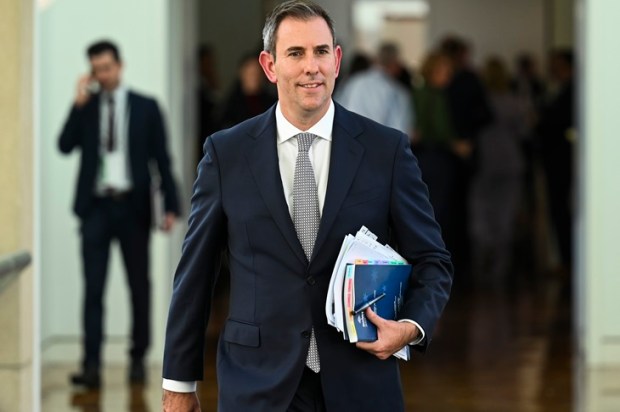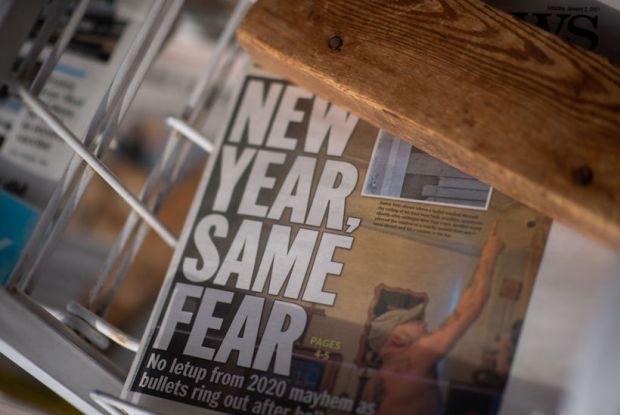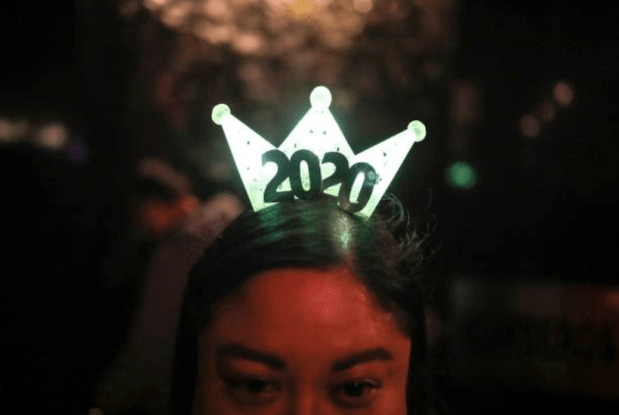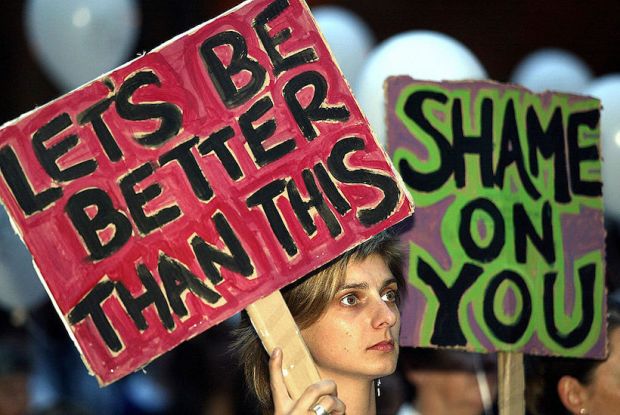During the Treasurer’s Budget speech, some of my friends like to play the Budget Bingo, downing a shot for an appearance of any of the number of the current clichés beloved by the government of the day (those who have been betting on “nimble”, “agile”, “innovative” or “incubator” must have stayed disappointingly sober last night). Not being a drinking kind (despite my Polish ancestry) I have come up with my own Budget time alternative – the Inigo Montoya game, named after a meme-worthy character in the 1980s schmaltz classic “The Princess Bride”, who constantly reminds his linguistically over-adventurous boss “You keep using that word; I do not think it means what you think it means.” The Federal Budget is fertile Montoyan territory.
For starters, there is the word “budget”, which as a verb used to mean allocating the resources you have but has been over the years liberated from such mundane qualifications, allowing politicians to spend the money they don’t have to buy the votes they don’t have. Another of my favourites is “invest”, which is now used to convince taxpayers that their hard-earned money is not being pissed against the wall, but, like blue chip shares, will bring a worthwhile future return (this tactic doesn’t work in real life, as in for example “I’m sorry, honey, that I ended up at a strip club on Friday night and invested in a lap dance”).
And then there is “fully funded”.
Last night, of course, was a good night for the National Disability Insurance Scheme, which has discovered to its surprise and joy that it is now “fully funded” by the neat tick of Scott Morrison increasing the Medicare Levy from 2 to 2.5 per cent (and what is it with politicians now being officially referred to by sober newspapers by pop culture-inspired name contraction, like ScoMo? What’s next – ChriPy and P Dutty?).
Not wanting to detract from the NDIS’ understandable relief at no longer being only “partly funded”, or worse, “unfunded”, but when you are running serial budget deficits, nothing you do is actually “fully funded”.
This year’s Budget, for example, is nearly $30 billion in the red. The government having less money than it knows how to spend will have to borrow that amount, adding to an existing mountain of public debt. Since the Budget is now steadily approaching half a trillion dollars ($460 billion this year but getting there later in the forward estimates), $30 billion is just a rounding error or loose change that ScoMo finds at the back of his ministerial couch. On the other hand, particularly for us mere mortals, it is still around 6.5 per cent of the Budget – the 6.5 per cent of the Budget that is not “fully funded”. Next years, fingers crossed, it will be “only” $21 billion, or 4.4 per cent. If the NDIS is fully funded, then an awful lot of other things in the budget are not. What are they? Or can we choose?
The Budget has not been fully funded since the mythical days of Howard and Costello (Zero debt? Did that really happen, grandpa?). Since then, everyone has been promising it will be again – eventually, and usually sometime at the end or beyond the forward estimates. As St Augustine once prayed, “God, give me chastity, but not yet.” Tell me if this sounds familiar:
The Budget deficit will fall from its current $49.9 billion to $29.8 billion next year. It will then fall to a deficit of $2.8 billion in 2017‑18.
From a $48 billion deficit we inherited, to $35 billion next year, down to a $7 billion deficit in another three years’ time.
The deficit in underlying cash balance terms is expected to reduce from $39.9 billion in 2015-16 to $37.1 billion, or 2.2 per cent as a share of the economy in 2016-17. The deficit is then projected to fall to $6.0 billion or just 0.3 per cent of GDP over the next four years to 2019-20.
The underlying cash balance will improve from a forecast deficit of $29.4 billion in 2017–18 to a projected surplus of $7.4 billion in 2020–21.
For as long as our governments choose to spend more money than they get from us in revenue, the Federal Budget will be “fully funded” only in a sense that our children, whose credit card we have been misusing heavily, will have to pay for it. And, oh boy, will they pay for it. And so, until the Second Coming of the budget surplus at an undetermined point in our politico-eschatological future, designating any component of the Budget as “fully funded” is just a fancy, but meaningless, accounting trick. The thing about a too-small blanket is that if you pull it over your head, your feet will stick out, and vice versa.
It would not be particularly useful but it would certainly be entertaining if, at every Budget time, Ministers and their Departments had to bid for the smaller, and insufficient, amount of the actual money in government’s coffers. Now, finally, the fiscal conservatives amongst us could point our fingers at the unlucky loser of the budgetary musical chairs who has to borrow a cool $30 billion to stay afloat that particular year. Not you again, Environment Department, you’re so slow!
Arthur Chrenkoff blogs at The Daily Chrenk where this piece also appears.
Illustration: 20th Century Fox/YouTube.
Got something to add? Join the discussion and comment below.
Got something to add? Join the discussion and comment below.
Get 10 issues for just $10
Subscribe to The Spectator Australia today for the next 10 magazine issues, plus full online access, for just $10.


























Comments
Don't miss out
Join the conversation with other Spectator Australia readers. Subscribe to leave a comment.
SUBSCRIBEAlready a subscriber? Log in